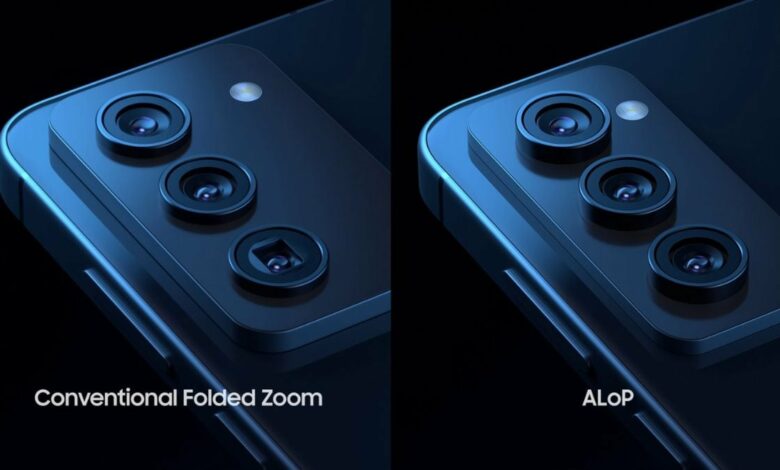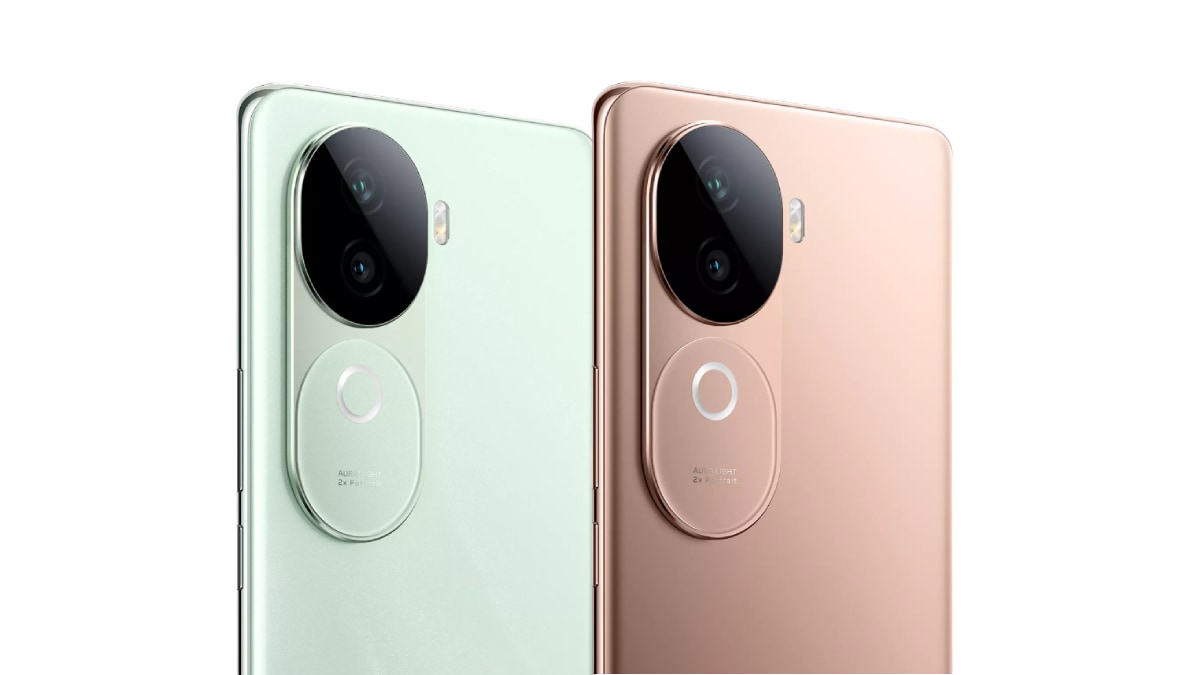Samsung develops new ALoP technology for sleeker camera bumps

Samsung has introduced a new camera technology that aims to revolutionize the smartphone market by eliminating bulky camera bumps while maintaining similar brightness levels. The technology, called All Lenses on Prism (ALoP), was developed by Samsung Semiconductor, which uses a wide range of telephoto lenses without taking up the space they need. Samsung claims it as a future telephoto camera solution for taking portrait photos in day and night situations without any quality change on smartphones with a compact camera module.
Samsung’s ISOCELL ALoP technology explained
According to According to Samsung, traditional camera units with a telephoto sensor typically use a folded telephoto camera structure that uses a prism and has a lens set placed between the prism and the image sensor. The height determines the width of the camera bump, because the lenses are vertical to the plane of the smartphone’s body.
However, this structure is said to come with limitations, especially when it comes to brightness improvements, which may require a larger lens, potentially resulting in an even bigger camera bump.
Samsung says its new ALoP technology alleviates this dilemma by placing the lenses horizontally on the prism. It uses a 40 degree tilted prism reflection surface and a 10 degree tilted sensor assembly. This allows makers to increase brightness levels by increasing the lens diameter and associated effective lens size (EPD), without affecting the shoulder height of the camera module. Essentially, smartphones can have lenses with a wider aperture without increasing the size of the camera bump.
![]()
The new ALoP technology can reduce the length of the camera module by 22 percent
Photo credit: Samsung
Benefits of ALoP technology
The new lens technology is suitable for an aperture of f/2.58 at a focal length of 80 mm, according to Samsung. Unlike folded camera optics, ALoP places the lens in front of the prism and allows a wider aperture to be used for low-noise portrait photography in dark conditions.
The company also claimed that ALoP technology can lead to a reduction in the length of camera modules by up to 22 percent compared to conventional folded camera optics. The tilted prism reflection surface and sensor construction allows the smartphone to have a slimmer body with a lower profile camera unit on the back.
The new ISOCELL technology is also claimed to improve aesthetics by ensuring that only round lens shapes are visible rather than rectangular prisms. And the effective reduction of large camera bumps, which make the phone harder to use on flat surfaces, will lead to a sleeker, more ergonomic phone design, Samsung says.



